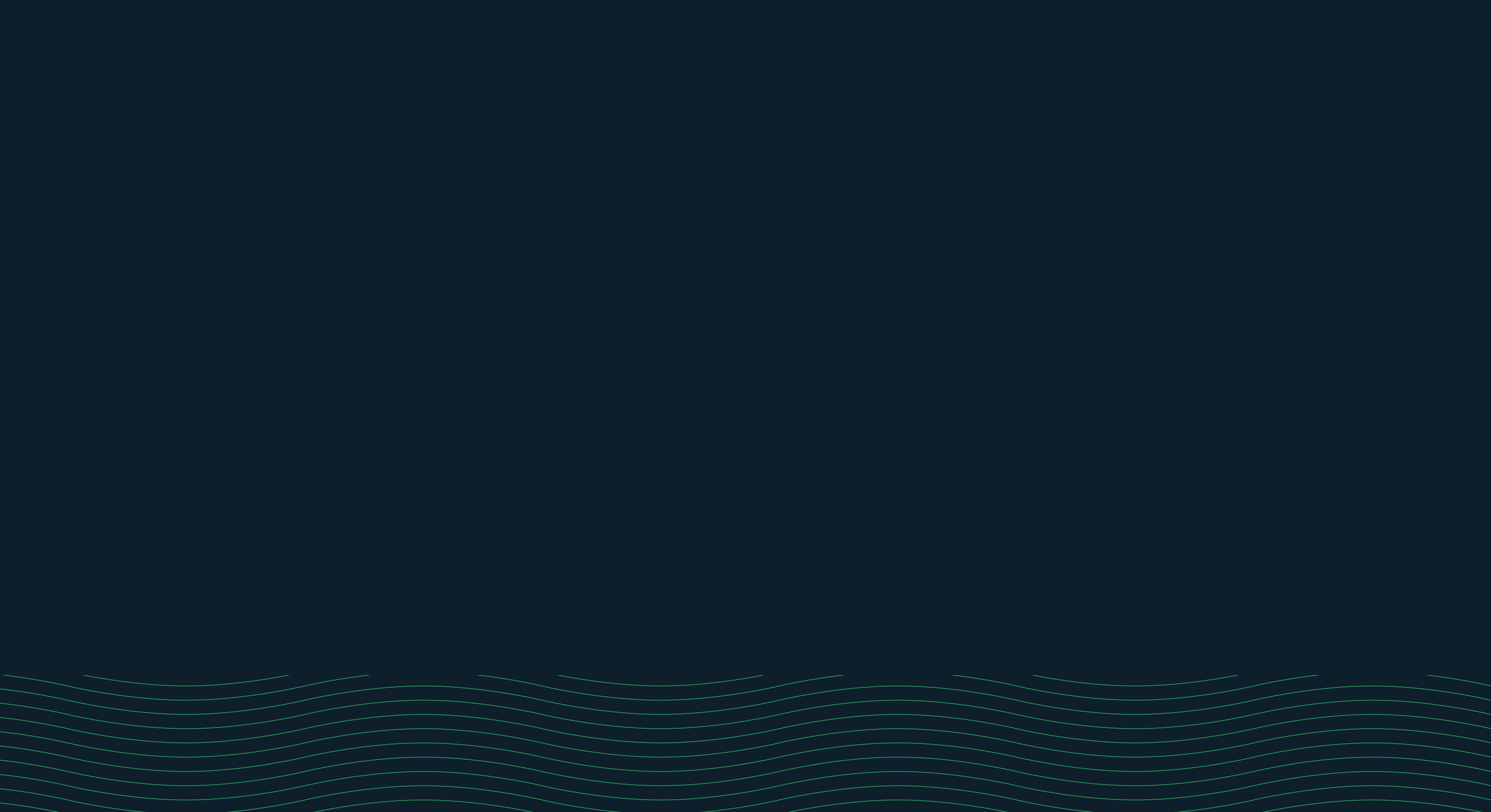
Boston Children's Hospital's Bill Gagnon discusses how they use apps to communicate with Patients and Families
Let’s work together.
Partner with Augusto to streamline your digital operations, improve scalability, and enhance user experience. Whether you're facing infrastructure challenges or looking to elevate your digital strategy, our team is ready to help.



